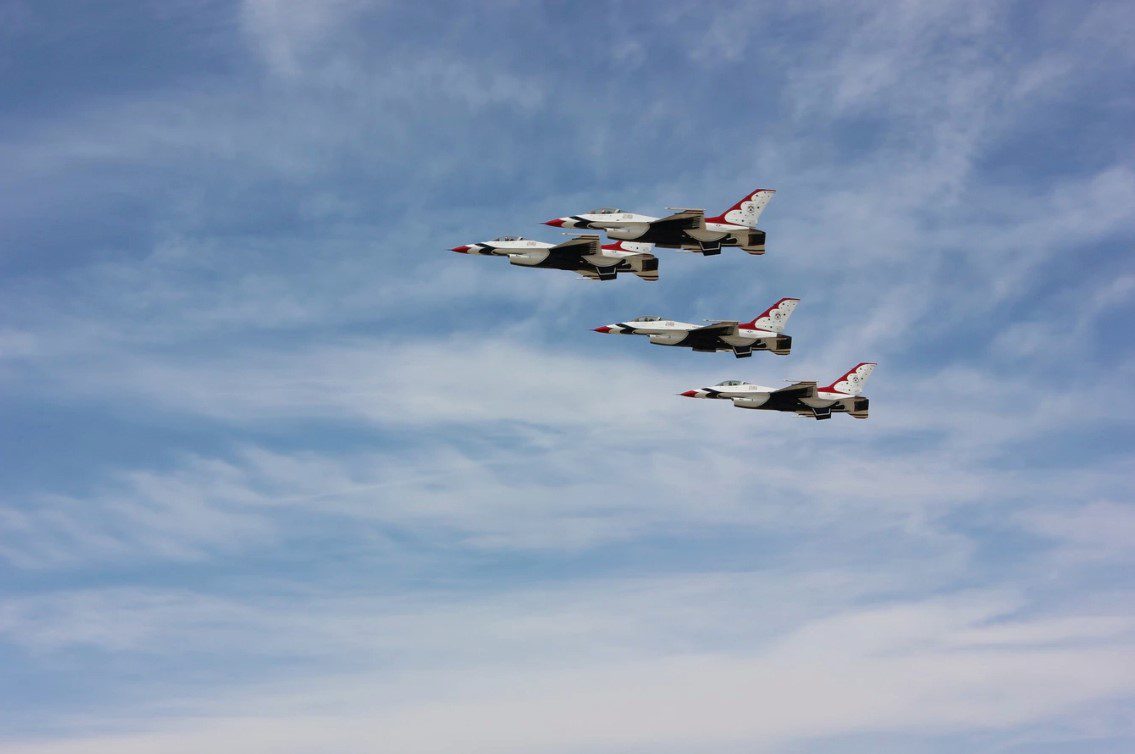
Armed with a mission to reduce costs and provide better training, flight simulators have been leading the way in aeronautical innovation.
Simulation technology has come a long way in recent years. Once the idea of science fiction stories, today they are very much an everyday reality. This goes far beyond empty applications or technology for the sake of technology. Modelling and simulation technologies play an important role in revolutionising many industries, mainly the aerospace industry.
The aerospace sector has benefited from some of the most successful simulation applications to date. Nowadays, simulation software and hardware offer tremendous technological benefits to aviation students, experienced flyers, and other key players in the sector, including aerospace manufacturers, along with vital cost savings.
Flight simulators themselves are nothing new. You can even have one on your own computer with Microsoft Flight Simulator. But technology continues to push the boundaries of what they can achieve in simulating real life.
Leading aerospace engineering and training industries all over the world are investing in flight simulation. Take the U.S. Air Force. It spent over $20 billion and recruited the help of 25 flight simulation companies to improve its simulation & training acquisition and procurement process.
When you consider the cost savings, it’s no surprise that uptake in simulation is so high. Reports show that training in a simulator is up to 20% less expensive than real life training. Air Force pilot training programmes rely heavily on flight simulation - over one-third of a pilot’s learning uses simulator-based training.



















